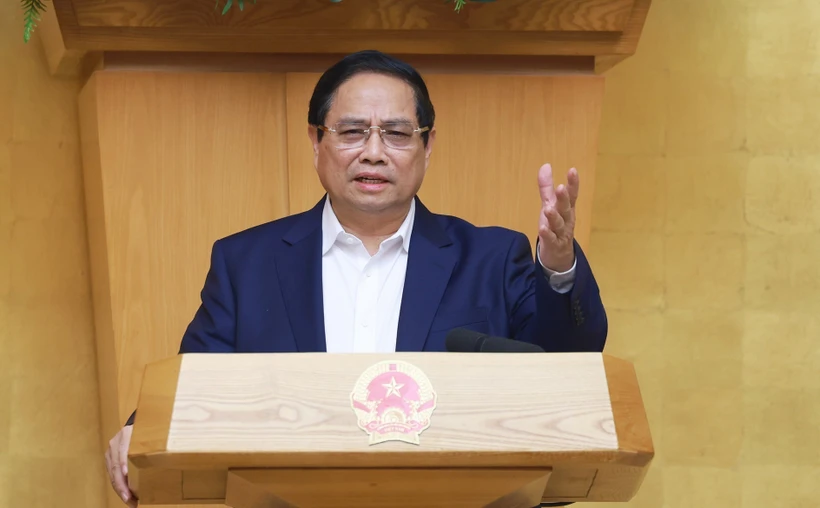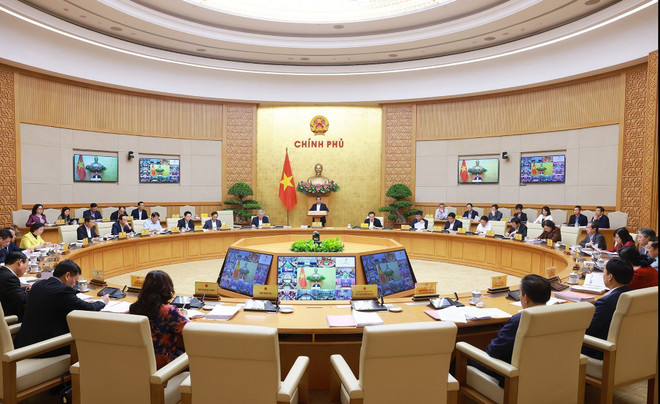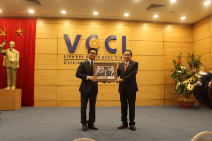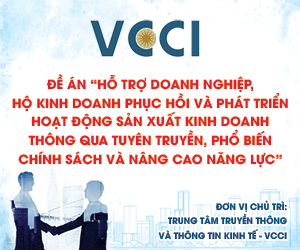Prime Minister puts forth tasks in new context
Prime Minister Pham Minh Chinh said it is a must to clearly identify responsibility of each ministry, sector, and locality, to implement mechanisms and policies in order to resolve institutional obstacles, to boost public investment that would contribute 2% to growth, and to foster traditional growth drivers like investment, consumption, and exports.


On April 5 afternoon, permanent Cabinet members and representatives of various ministries and agencies also met to look into economic and trade cooperation with the US, and the implementation of the messages from Party General Secretary Lam and President Trump during their phone call.
“This should be seen as an opportunity for Vietnam to restructure its economy, foster rapid and sustainable development based on science, technology, innovation, and digital transformation, and restructure and diversify products, markets, and supply chains,” he said, referring to the tax issue.
Chinh set forth main tasks for the time ahead, such as striving for a growth target of at least 8% based on the new scenario, towards double-digit growth in the coming time; continuing with the restructuring of the political system and local administration; preparing and organising Party congresses at all levels leading up to the 14th National Party Congress; implementing the Politburo’s Resolution 57 on breakthroughs in science-technology development, innovation, and national digital transformation, and Resolution 59 on international integration in the new context; and preparing and organising major national holidays.
Regarding socio-economic performance in the first quarter, the leader emphasised the growth rate of 6.93%, with achievements seen in industry, agriculture, and services, especially agriculture.
However, there remained limitations and difficulties, such as pressure on exchange rates, rising inflation; slow recovery in purchasing power; issues in the real estate market; a lower rate of public investment capital disbursement; and numerous risks and challenges, especially after the US announced the new tariffs.
Against the backdrop, the PM said it is a must to clearly identify responsibility of each ministry, sector, and locality, to implement mechanisms and policies in order to resolve institutional obstacles, to boost public investment that would contribute 2% to growth, and to foster traditional growth drivers like investment, consumption, and exports./.








